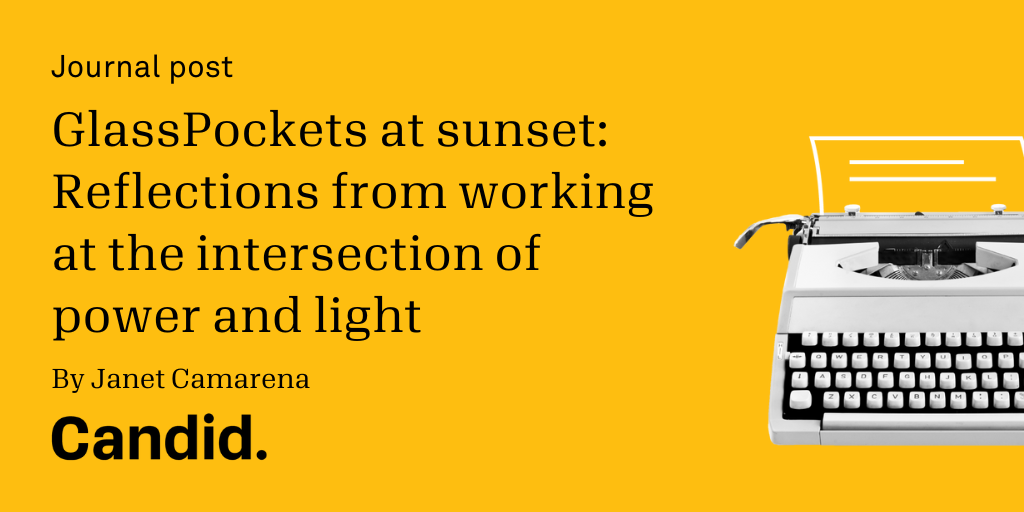Shaking Up Our Assumptions with an Un-Survey
(Bob Pullin is the chief of digital engagement at the Ford Foundation. In his position, he is focused on using technology to help build relationships with key audiences mostly through the web site and social media.)
We’re all inundated with information in a super-saturated media environment, so as we begin the redesign of the Ford Foundation website we have to ask ourselves: “Why would the social change makers we want to reach spend time on our site to begin with?”
To answer that question, we decided to turn the traditional online survey model on its head and let our audiences ask us questions instead of the other way around. We called it the Un-Survey.
The Un-Survey is an experiment, one that we hoped could help us:
- Unearth the kinds of information our audiences would find valuable
- Deliver on our commitment to transparency in a way that’s genuinely useful to others (Transparency can’t be limited to only what we want to share—we have to share what our audiences want to know)
- Foster a creative environment that helps break down the boundaries between those inside and outside the foundation
Since we launched the Un-Survey six weeks ago, visitors have submitted over 120 questions. These questions have changed the way we think about our audiences’ interests and needs, inspiring us to pursue new ideas about content and functionality. What’s been great about the engagement is the questions are astute and ask very specific details about Ford’s approach to social change and the practice of philanthropy. (They were also remarkably on topic, which is not always the case when you open up to a wide community.) What’s more, many of the questions go beyond how and what we communicate on the website and focus instead on our institutional and programmatic strategy. We’ve shared those higher-level questions with our leadership team, and they’ve found them illuminating as well.
Blogging about the launch of the Un-Survey, Janet Camarena summed up our intention well: “We are all being invited to be thought partners of the Ford Foundation.” We knew we were crowdsourcing to a very smart audience, but the quality of that thought partnership exceeded our expectations, with some questions building on earlier ones and making the sum greater than the parts. And because the questions are available for any other interested foundations to read, we can all tap into the creative and diverse thinking of the social change makers who participated.
What We’ve Learned
The Un-Survey helped us deepen our empathy for our audience. We can now put ourselves more fully into our visitors’ shoes and—even more exciting—we now have a clearer sense of their aspirations for us:
- They would like to see greater collaboration within the funder and grantee communities around shared goals, with Ford helping to facilitate
- Our community is asking us to more fully explain how we conceive of and execute our role as a philanthropic institution
- They are eager for us to share more about our progress—not only about our successes but also about what is not working
We hope our social change audiences see the Un-Survey as an opportunity to have a meaningful influence on the next version of the website. Of course we know what the real measure of this experiment is: whether we deliver on what our audiences asked for. That’s our next big challenge—and it’s one we’re excited to take on.
-- Bob Pullin


